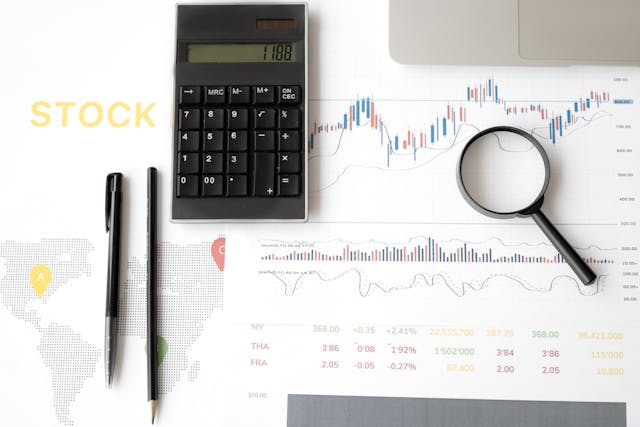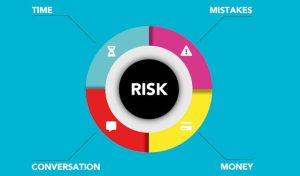Introduction
Disaster Risk Reduction and Management (DRRM) has become a critical area of focus for governments, humanitarian agencies, businesses, and communities worldwide. In an age of intensifying natural hazards, climate change, pandemics, and technological threats, proactive risk reduction and effective disaster management are essential to protecting lives, assets, and development gains.
This comprehensive training course equips professionals with the frameworks, tools, and skills necessary to anticipate, prevent, and respond to disaster risks. Whether working in public safety, development planning, health, education, infrastructure, or emergency response, participants will gain actionable insights into building resilient systems and reducing vulnerability before, during, and after disasters.

Understanding Disaster Risk Reduction and Management
Disaster Risk Reduction and Management refers to the coordinated processes that aim to prevent new risks, reduce existing risks, and manage residual risks to strengthen resilience. DRRM encompasses both strategic and operational approaches across the full disaster cycle—mitigation, preparedness, response, and recovery.
This course is grounded in internationally recognized frameworks, including the Sendai Framework for Disaster Risk Reduction 2015–2030, and supports alignment with the Sustainable Development Goals (SDGs), particularly SDG 11 (Sustainable Cities) and SDG 13 (Climate Action).
Course Objectives
By the end of the course, participants will:
- Understand key concepts, principles, and terminology in DRRM.
- Analyze disaster risks using tools like hazard mapping, vulnerability assessment, and risk profiling.
- Develop DRRM strategies and action plans for their organizations or communities.
- Coordinate effective response and recovery operations.
- Integrate climate adaptation and risk reduction into development planning.
- Engage stakeholders, including local communities and vulnerable groups, in resilience-building.
Why DRRM Is Essential for Sustainable Development
Reducing Human and Economic Loss
Natural disasters kill hundreds of thousands each year and cause billions in economic losses. Proactive risk reduction saves lives and cuts recovery costs by investing in prevention, early warning, and preparedness.
Safeguarding Infrastructure and Public Services
Hospitals, schools, transport systems, and water supply networks must withstand disasters to ensure continuous service delivery. DRRM promotes resilient infrastructure design and business continuity planning.
Protecting Vulnerable Populations
Women, children, people with disabilities, and those living in poverty are disproportionately affected by disasters. DRRM helps address social vulnerability and inequalities in risk exposure and access to recovery.
Responding to Climate Change
Rising sea levels, extreme weather, and environmental degradation increase the frequency and intensity of disasters. Integrating DRRM into climate action strategies ensures long-term sustainability and adaptation.
Key Concepts and Terminologies in DRRM
Participants will gain a clear understanding of:
- Hazard: A potential damaging physical event (e.g., earthquake, flood, pandemic).
- Exposure: People, infrastructure, or assets located in hazard-prone areas.
- Vulnerability: The susceptibility to be harmed by a hazard due to socioeconomic, physical, or environmental conditions.
- Capacity: The strengths and resources available to reduce disaster risk.
- Risk: The combination of hazard, exposure, and vulnerability.
These definitions set the foundation for more advanced concepts, including risk transfer, early warning systems, and resilient systems design.
Components of Effective Disaster Risk Reduction and Management
1. Risk Identification and Assessment
Participants will learn to:
- Conduct hazard and vulnerability assessments
- Use risk mapping tools and Geographic Information Systems (GIS)
- Profile disaster risks for specific sectors or regions
- Incorporate historical data and climate forecasts
2. Disaster Prevention and Mitigation
Mitigation involves physical, structural, and non-structural measures to prevent hazards from becoming disasters. Examples include:
- Land-use planning to avoid building in flood zones
- Enforcing building codes and retrofitting structures
- Promoting ecosystem-based solutions such as mangrove restoration
- Community awareness and education campaigns
3. Preparedness and Early Warning
A strong preparedness strategy ensures timely and effective response. This includes:
- Developing and testing emergency response plans
- Establishing early warning systems
- Training first responders and volunteers
- Conducting public awareness campaigns and evacuation drills
4. Response and Relief
When disaster strikes, quick action is critical. Topics covered include:
- Incident command systems and coordination mechanisms
- Emergency shelter, water, food, and medical aid distribution
- Protection of vulnerable populations during crises
- Data collection and needs assessment during emergencies
5. Recovery and Rehabilitation
Recovery must go beyond restoration to “build back better.” This course focuses on:
- Short-term recovery (restoring basic services)
- Long-term rehabilitation (reconstructing livelihoods and infrastructure)
- Psychological and social support for affected populations
- Policy and financing mechanisms for resilient recovery
You may also be interested in other courses in the Humanitarian and International Development
Integrating DRRM into Sectoral Programs
Disaster risk reduction should be mainstreamed across all sectors. The course provides sector-specific strategies, including:
- Health: Emergency medical services, disease outbreak preparedness
- Education: Safe schools, disaster drills, curriculum development
- Agriculture: Drought-resistant crops, irrigation systems, food security
- Urban Planning: Risk-sensitive land use, green infrastructure
- Finance: Risk-sharing tools, emergency budgeting, resilience investment

Community-Based DRRM (CBDRRM)
- Participatory risk assessments
- Local knowledge and practices
- Community-based early warning systems
- Inclusive decision-making (women, youth, persons with disabilities)
Technology and Innovation in DRRM
- Use of GIS and remote sensing in hazard mapping
- Mobile apps for disaster alerts and coordination
- Drones for rapid damage assessment
- AI and big data in disaster forecasting
- Climate-smart agriculture and resilient infrastructure design
Challenges in Implementing DRRM
Common barriers include:

- Limited resources and political will
- Weak coordination among agencies
- Lack of public awareness or participation
- Outdated risk data and tools
The course offers strategies to overcome these issues through institutional strengthening, advocacy, and stakeholder engagement.
WhWho Should Attend
This course is ideal for:
- Disaster management officers and emergency responders
- Government planners and urban developers
- Environmental and climate change professionals
- NGO staff and humanitarian workers
- Health and education administrators
- Infrastructure and construction managers
- Community leaders and civil society representatives
Methodology
The course uses a participatory, experiential learning approach:
- Facilitated expert sessions
- Group simulations and role plays
- Risk mapping and scenario planning exercises
- Policy and plan review workshops
- Case study discussions and peer learning
Participants will develop their own DRRM action plans tailored to their institutions or local contexts.
Outcome for the Course Sponsor
Sponsoring this course positions your organization as a champion of resilience, preparedness, and responsible risk governance. You help build capacity that:
- Saves lives and reduces disaster impacts
- Ensures business and operational continuity
- Meets donor and regulatory requirements
- Strengthens community trust and partnerships
Your support contributes to a culture of prevention and preparedness that benefits not only your organization but the broader society.









